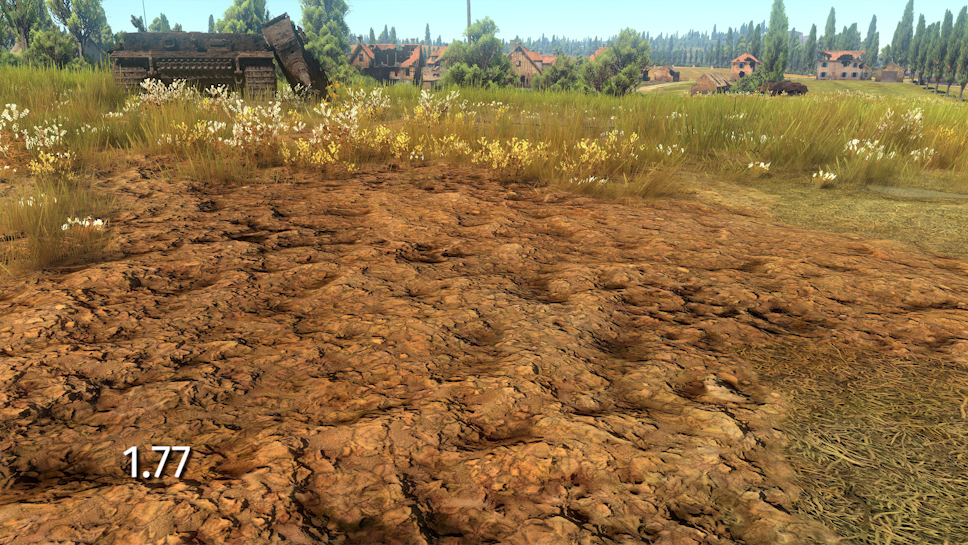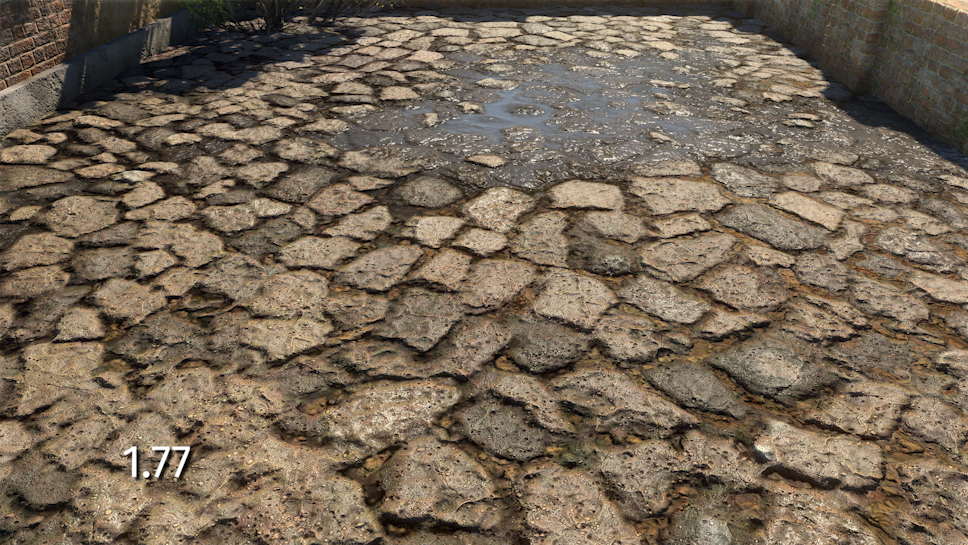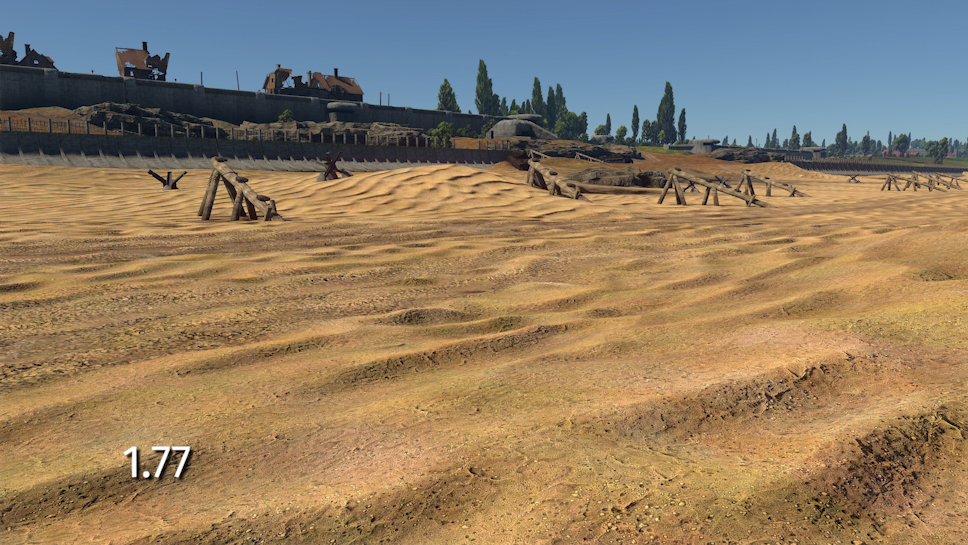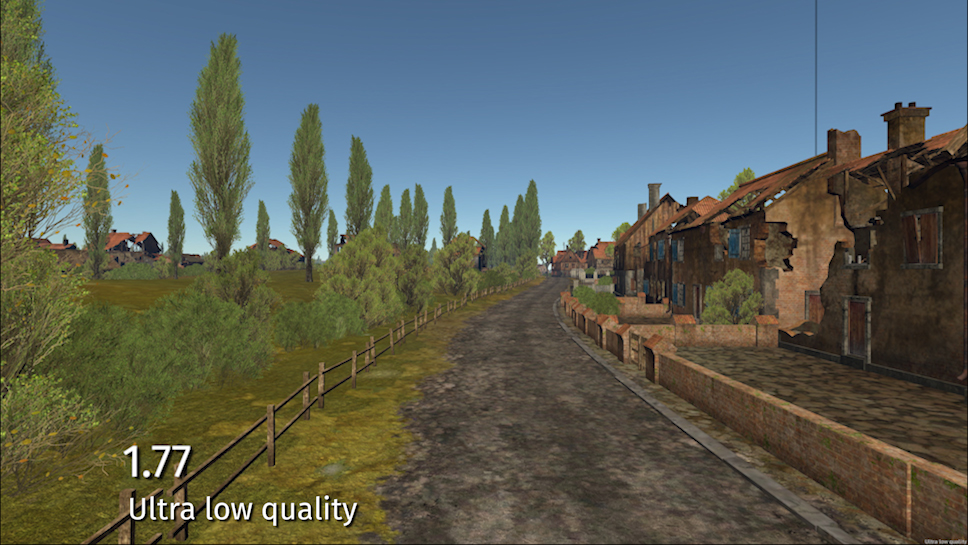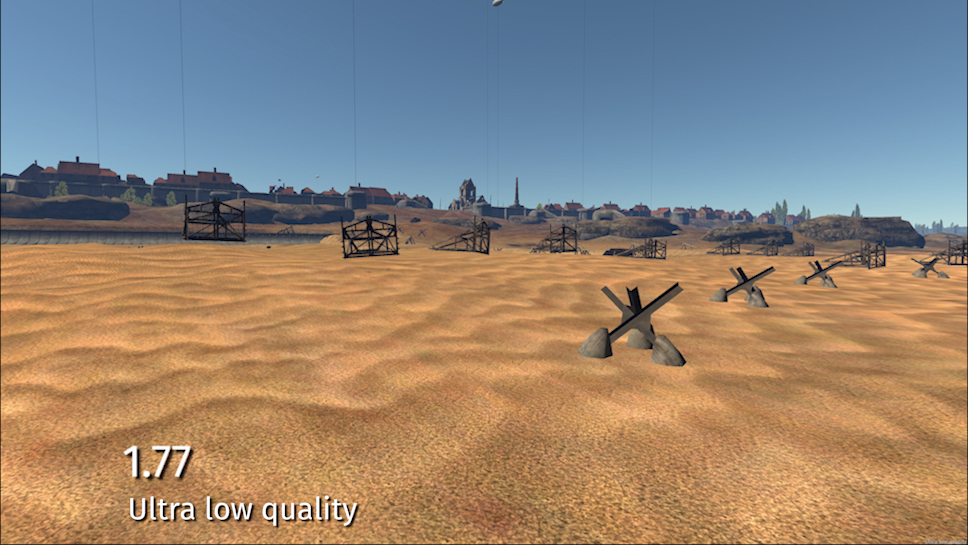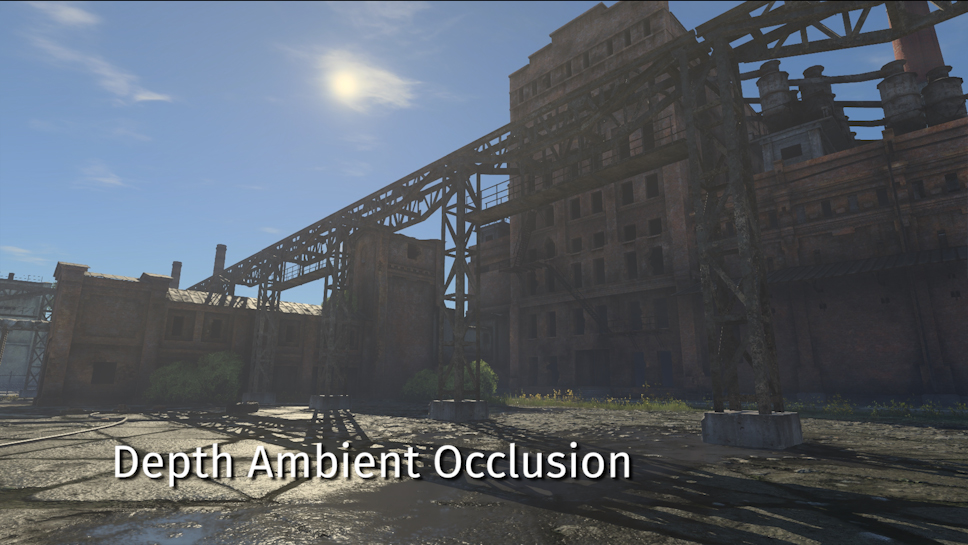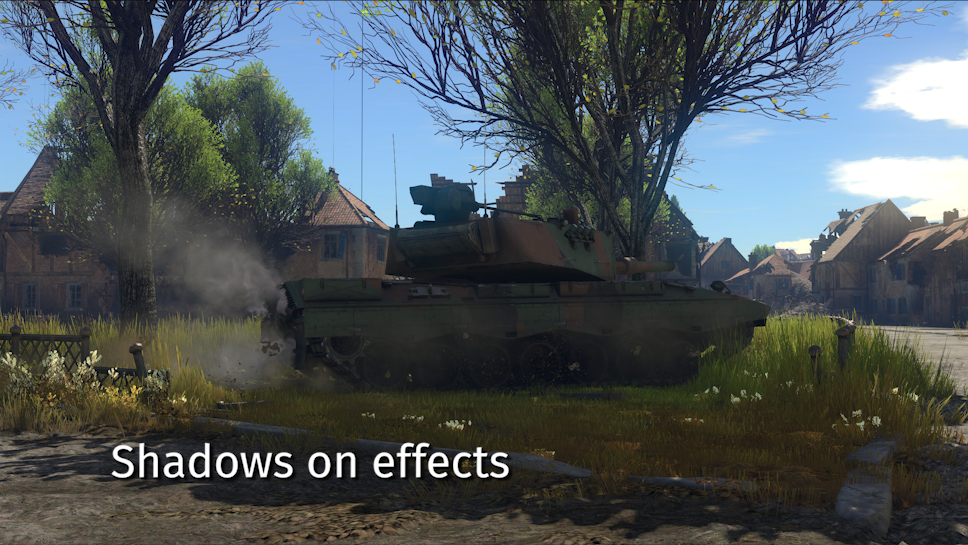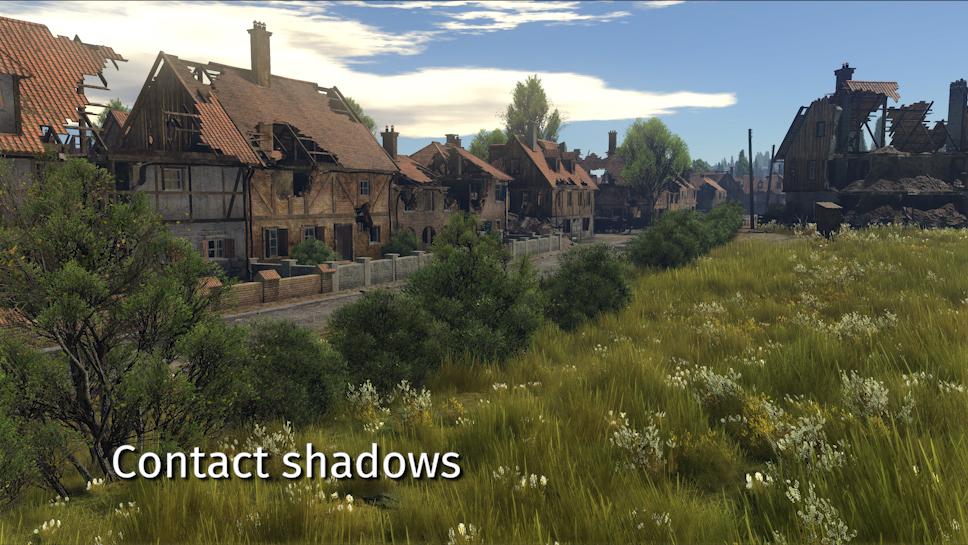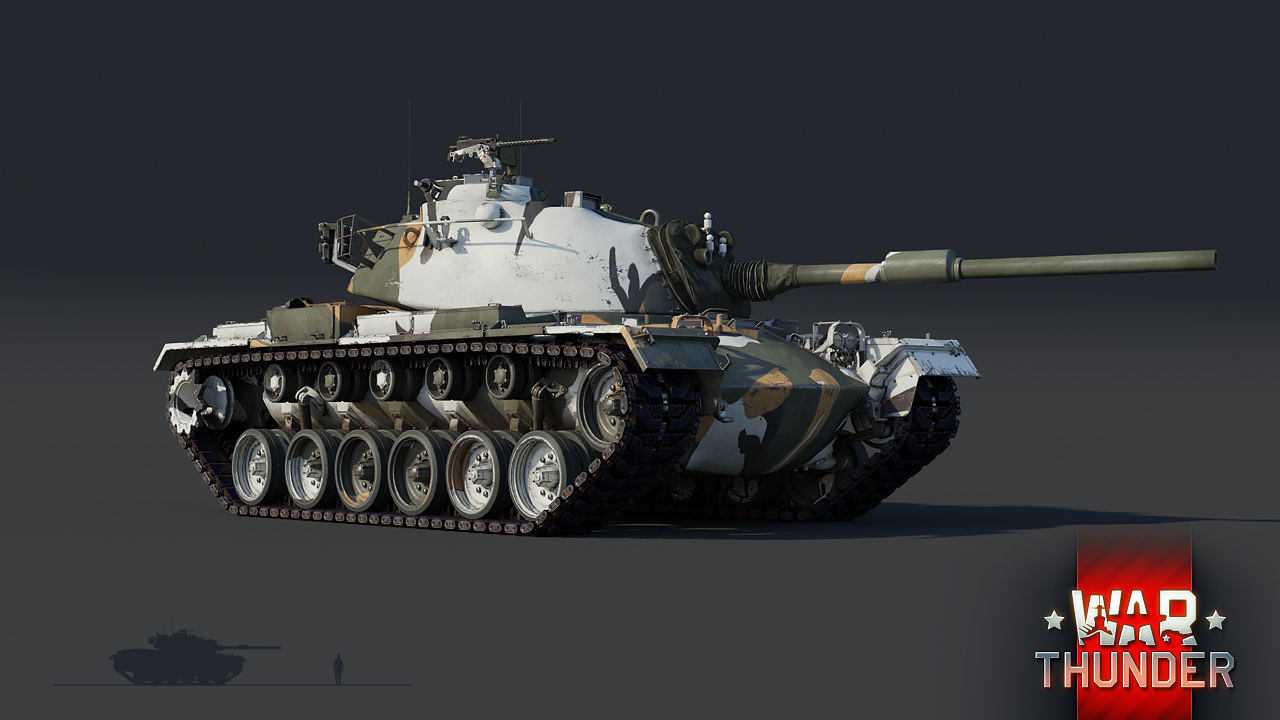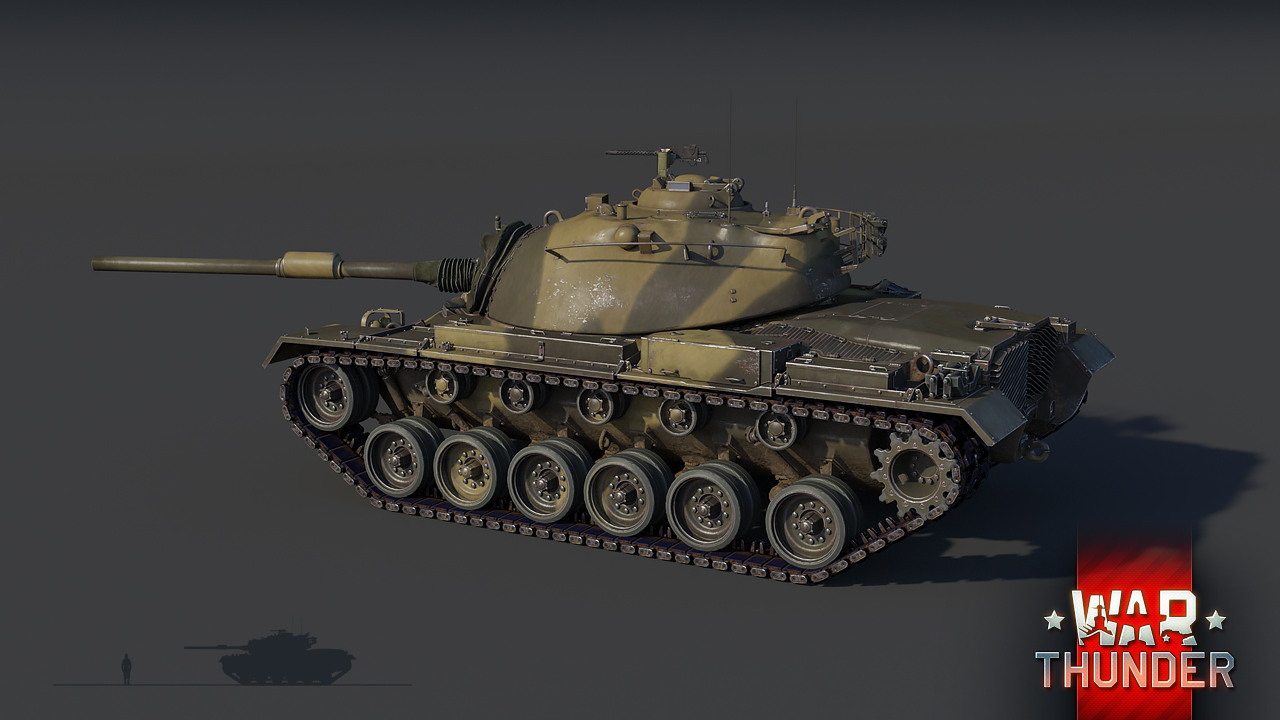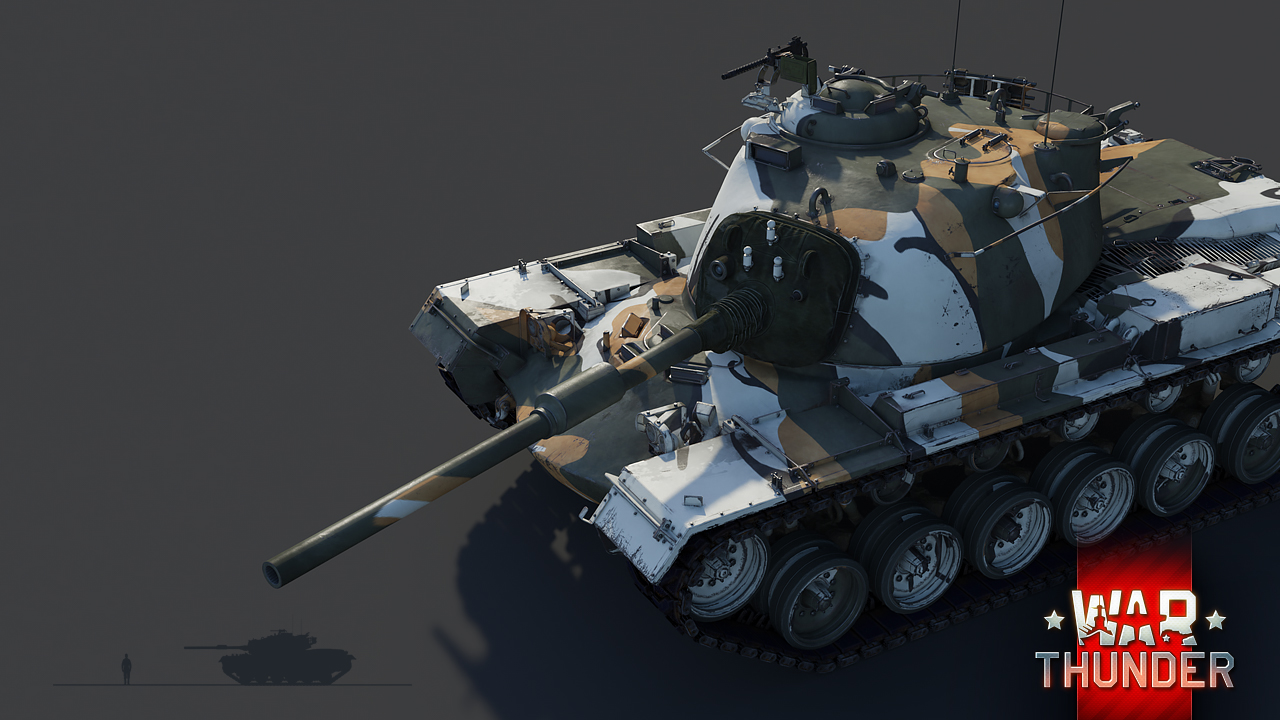
Feb 22, 2018
War Thunder - TheShaolinMonk
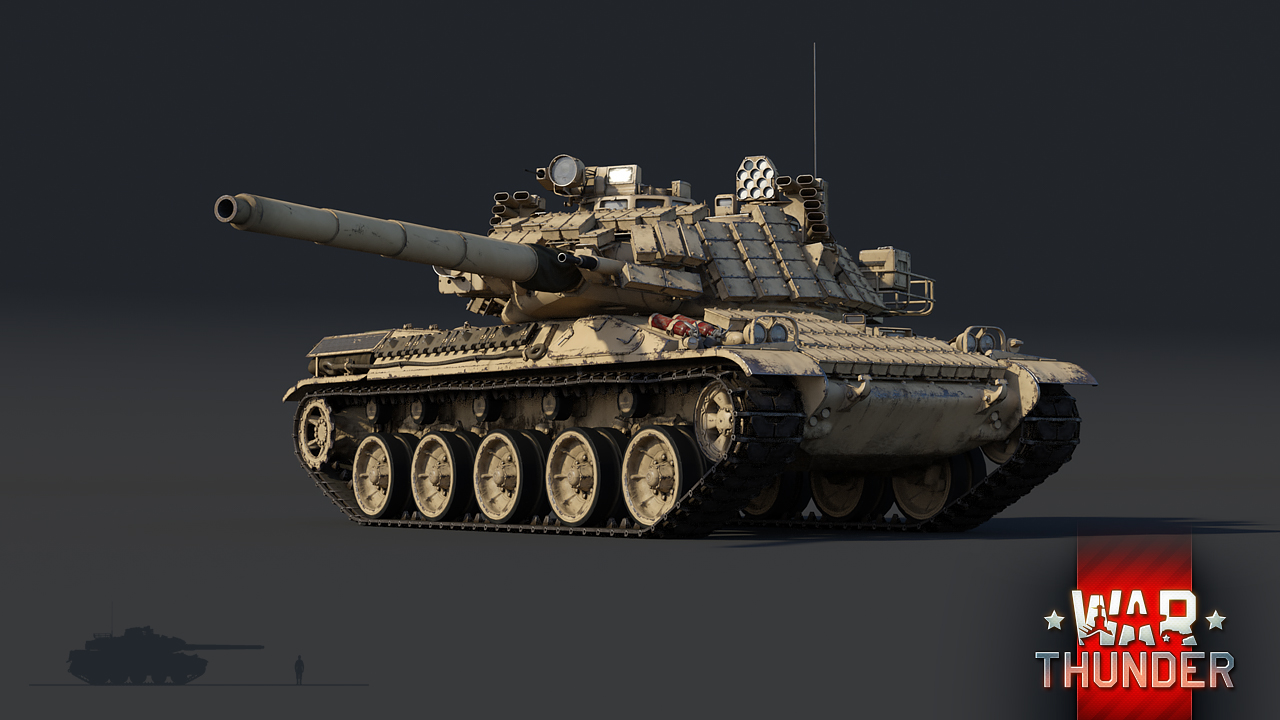
The AMX-30B2 Brenus is a late modification of the famous French second generation main battle tank, which most notably received ERA armor to increase protection against modern ammunition types. Players can expect the AMX-30B2 Brenus to make its appearance in the game as part of the update 1.77 “Advancing Storm”!
During the mid to late 1990s, AMX-30B2 tanks of the 1er/ 2e Chasseurs tank regiments, which formed France’s rapid reaction force in peacetime, underwent upgrading under the Brenus modernization program, whilst two further regiments received modifications to quickly upgrade their AMX-30s with the Brenus package if needed (2e/5e Dragons). The Brenus upgrade package (acronym for briques réactives de surblindage) most notably allowed for the installation of 112 ERA blocks developed by the GIAT company across the front portion of the hull and turret. To compensate for the additional weight of the ERA packages, an improved 8-cylinder 750 horsepower MACK E9 diesel engine was fitted. The Brenus modernization upgrade was among the last to be fitted to the original AMX-30 tank.
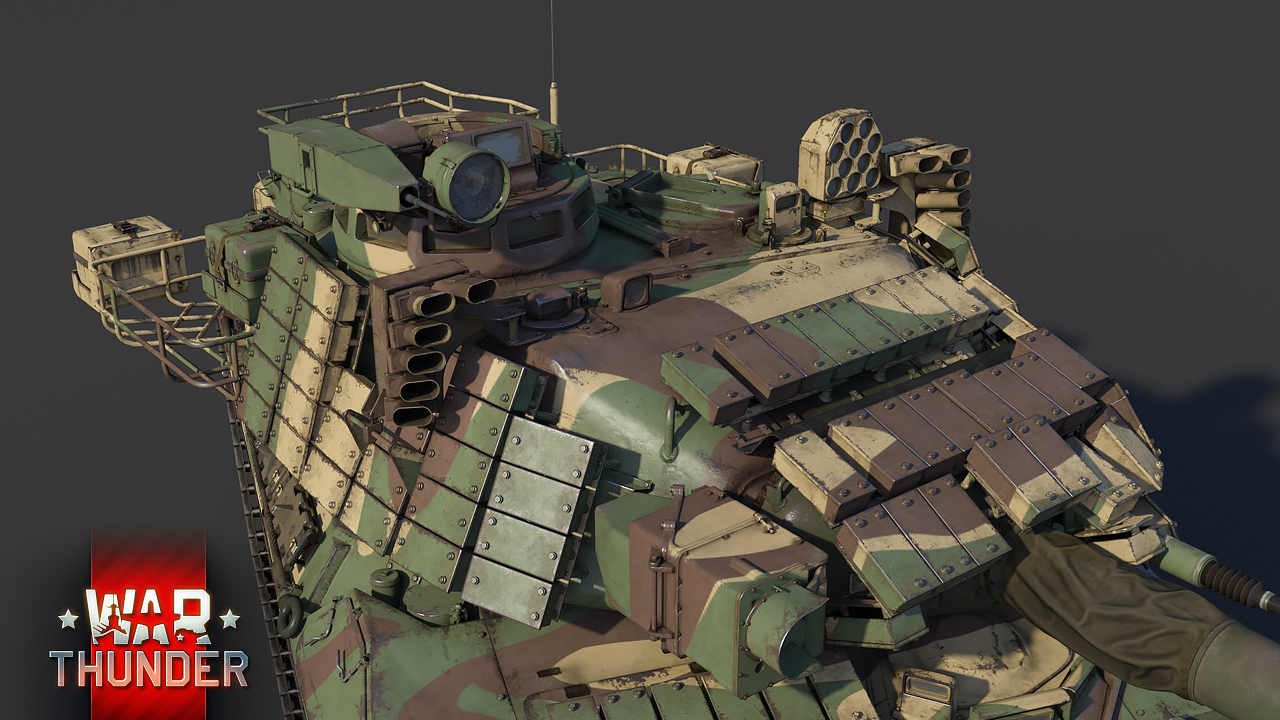
The AMX-30B2 Brenus will become available to all players of War Thunder at the top rank of the French ground forces tree with the upcoming update 1.77 “Advancing Storm”. Stay tuned to the news for more information on update 1.77. Until then!
Check out the Dev Blog article on the Official War Thunder Forums!




